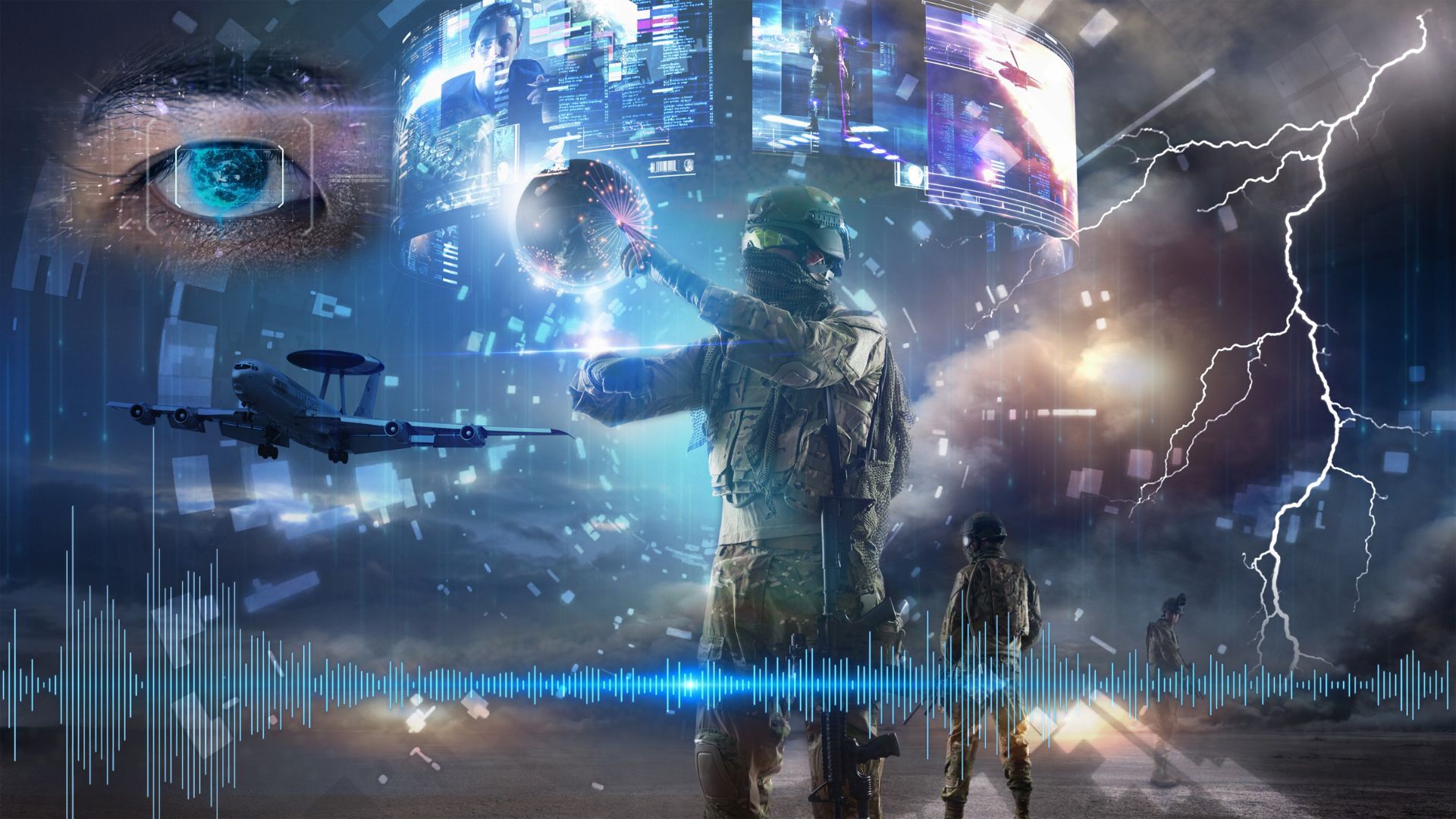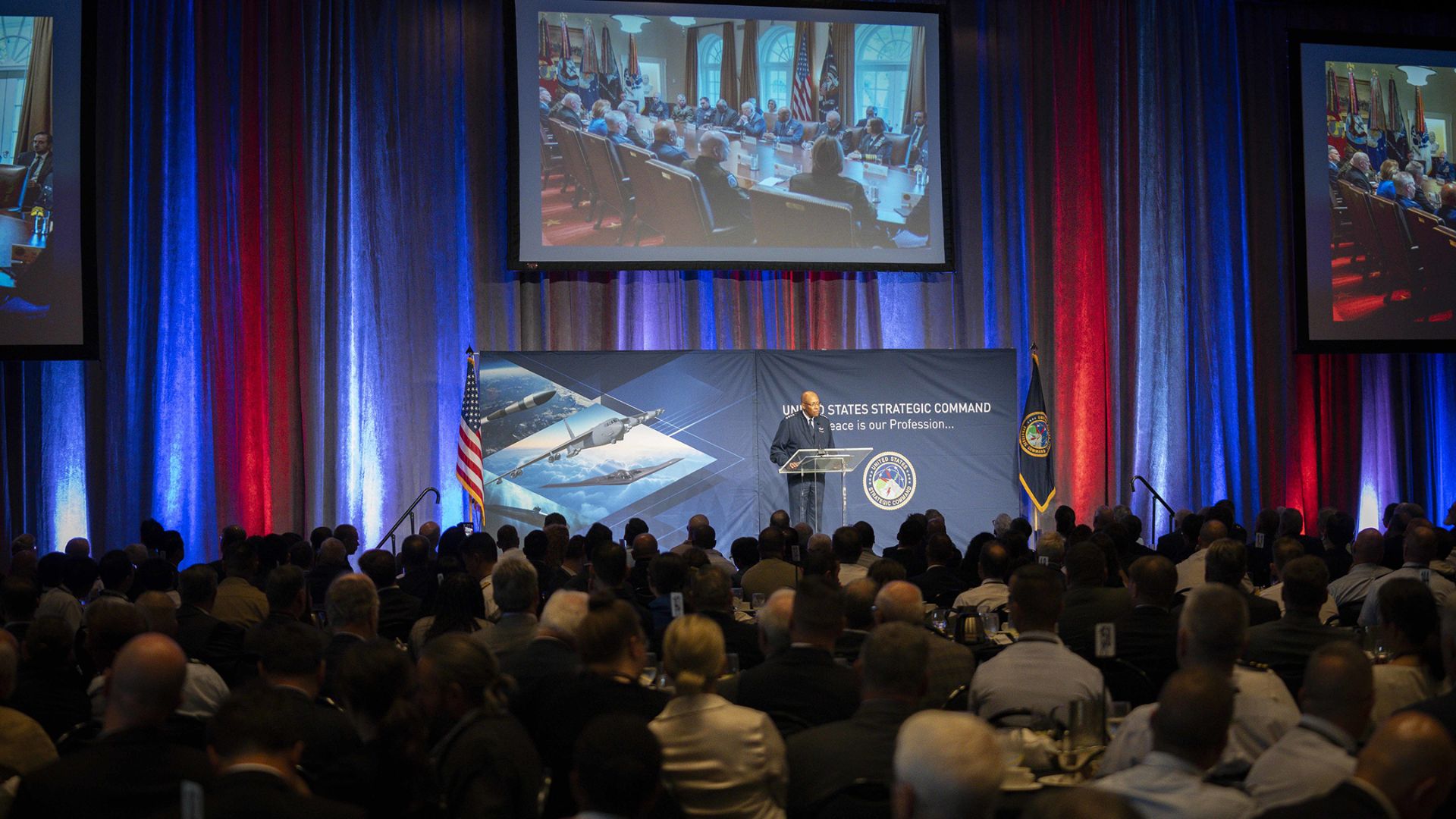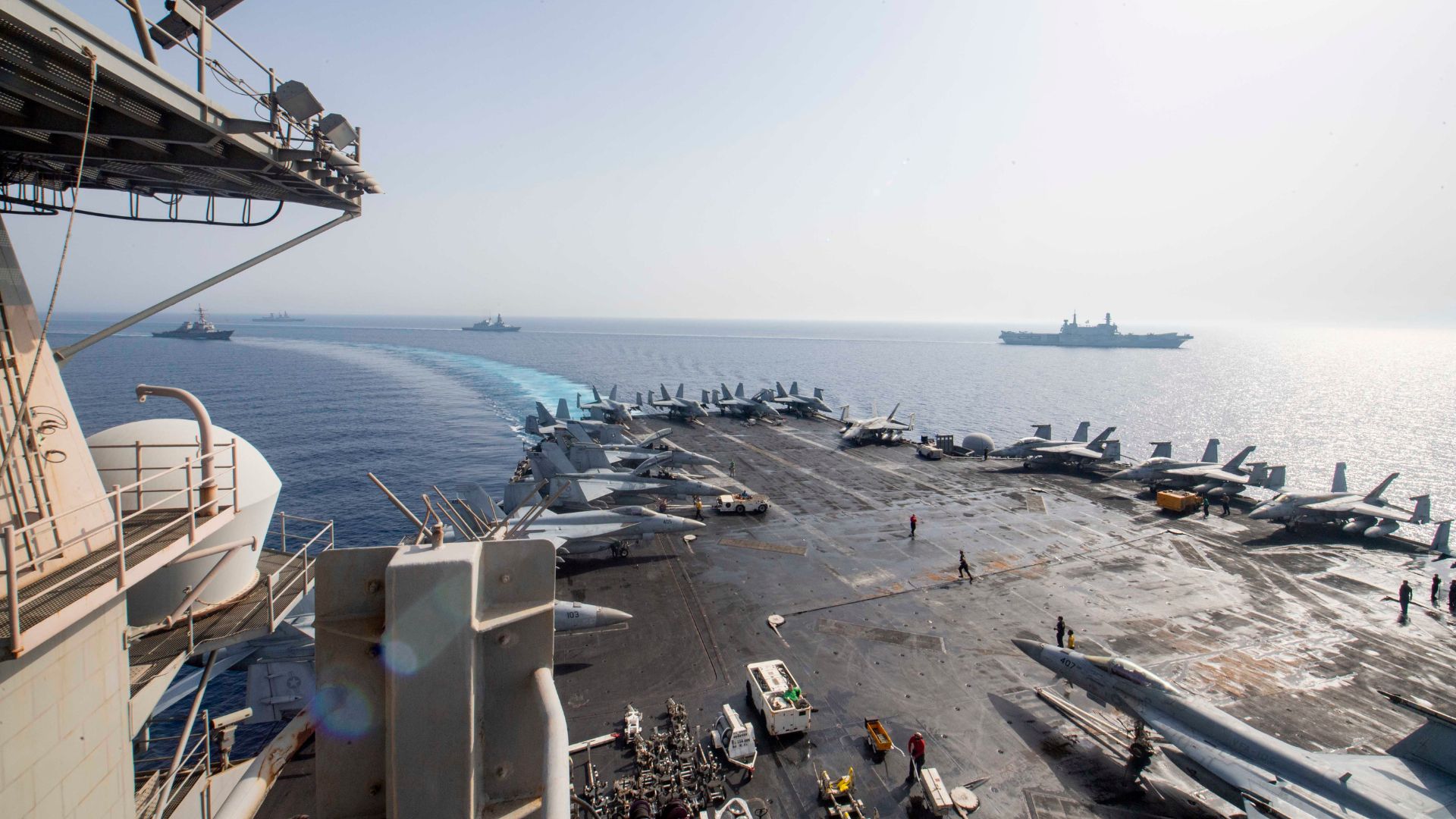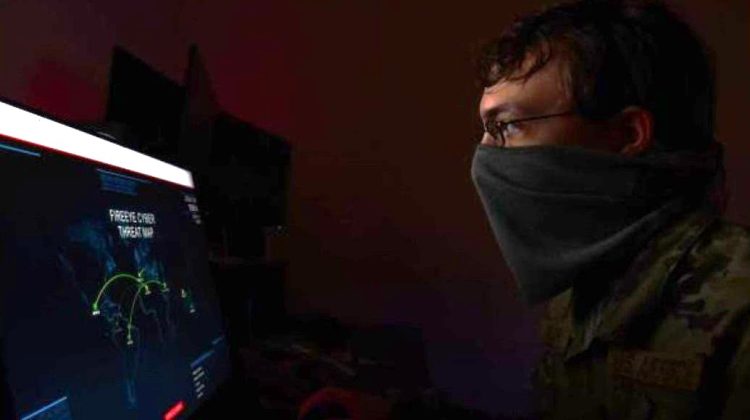As global conflicts grow increasingly complex and technology continues to evolve at a breakneck pace, the United States faces an urgent need to rethink its approach to deterrence. Gone are the days when traditional Cold War-era strategies could reliably prevent escalation and maintain global stability.
Today, the challenges posed by emerging technologies and complex geopolitical dynamics demand a new approach—one that is just as dynamic and multi-layered as the threats we face.
General CQ Brown, Chairman of the Joint Chiefs of Staff, could not stress this matter enough during his last week’s talk at the US Strategic Command’s Deterrence Symposium.
At the symposium, Brown significantly stressed the need for the military to accelerate the rollout of an integrated deterrence strategy, especially when global tensions continue to simmer.
“What is old is new again. What is new is further complicated by emerging domains and technology,” Brown stated, cited by Defense One. “We needed a deterrence strategy to be integrated by design to deal with these modern challenges, and I would argue we need to be faster at developing and applying our new framework.”
The idea behind integrated deterrence, a key part of the Biden administration’s national security strategy, is all about bringing together deterrence efforts across different areas, regions, and government agencies.
Let’s take a closer look at how emerging technologies and complex geopolitics are shaping our defense strategies today.
The Role of Emerging Technologies in Modern Deterrence
There’s no doubt that technology today has become sort of a double-edged sword, especially when it comes to defense.
On one hand, advancements offer our military forces powerful tools of deterrence, such as cyber capabilities, artificial intelligence (AI), and information warfare.
On the flip side, these same technologies also open up new vulnerabilities that adversaries can exploit—just as quickly as we can use them to our advantage.

Cyber Warfare: A New Battlefield On Its Own
Cyber warfare is now a key part of how we think about deterrence. With the ability to mess with an enemy’s infrastructure, steal confidential info, or even sway public opinion through cyberattacks, there’s a whole new layer to global conflicts.
But here’s the tricky part: deterring these cyberattacks is no walk in the park.
Unlike traditional military threats, cyberattacks are hard to trace back to the culprit, and their effects can hit fast and spread wide.
That’s why it’s super important for the US to boost its cyber defenses and set clear rules that let adversaries know there will be serious consequences for cyber aggression.
Artificial Intelligence: Reshaping Military Strategy
Artificial intelligence is really shaking things up in modern warfare, especially in recent years.
AI has so far proven its ability to boost decision-making, automate tricky tasks, and even help predict what the enemy might do next.
But it also brings up some big questions.
For instance, how should the US react if another country uses AI to hit key infrastructure or roll out autonomous weapons?
As AI keeps evolving, it’s crucial for the US to figure out how to include it in its deterrence strategies while keeping an eye on the bigger picture of its impact on conflicts.
Information Warfare: Digging Past Deceptions
Information warfare has also become a major player in today’s hyper-connected world, and it can really throw a wrench into traditional deterrence strategies.
Misinformation, deepfakes, and social media tricks can shake public trust and stir up confusion in the middle of a conflict.
To tackle these challenges, the US needs to come up with solid plans to safeguard the truth and make sure its deterrence messages stay clear and believable.
“The world is much more complex, and it’s not as simple as it was during the Cold War,” Brown said at last week’s conference.

Geopolitical Complexity: Understanding Adversaries in the Modern Era
Moving on to another point, as technology changes the game, Uncle Sam also has to deal with a more complicated global landscape.
As Brown has emphasized, different countries and groups have their own takes on things like cost, risk, and rewards, so trying to use the same deterrence strategy everywhere just won’t cut it.
“It’s important we understand our adversaries’ perspective and how they view their priorities, their values, and their place in the world,” he explained at the conference, to which we could all agree.
It’s super important to get a grip on the cultural and strategic mindsets of different adversaries.
Cultural and Strategic Mindsets
To really deter our adversaries, our military forces need to get inside their heads and understand how they see their own priorities, values, and role in the world.
For example, if an adversary thinks the potential rewards are worth the risks, they might be willing to go through a lot of hardship (e.g., Russia’s invasion of Ukraine).
By grasping these different viewpoints, the US can customize its deterrence strategies to hit the mark and be more effective.
The Challenges of Multi-Adversary Deterrence
The modern era presents the challenge of deterring multiple adversaries simultaneously, each with its own objectives and strategies.
For instance, if the US takes action against one adversary—like implementing economic sanctions or moving troops—this could impact how other adversaries react.
That means we need a flexible and adaptable deterrence strategy that can handle all these different threats effectively.
The Role of Alliances and Partnerships
In this complex environment, alliances and partnerships are more crucial than ever. While they’ve always been important, they’re even more critical today as we navigate an increasingly interconnected and challenging world.
And with that, the US must work closely with its allies to coordinate deterrence efforts across different regions and domains.
These alliances and partnerships require not only military cooperation but also diplomatic, economic, and informational collaboration to present a unified front against potential adversaries.
Case Study: US Deterrence in the Middle East
The recent situation in the Middle East really shows us both the hurdles and potential of modern deterrence.
When tensions flared up between Israel and Hezbollah, American forces were sent to the area, including stealth fighters and an aircraft carrier strike group, to try and keep things from escalating further.

This move is a great example of integrated deterrence—using a mix of military might and diplomatic efforts to prevent things from getting worse.
But are these deterrence methods actually working?
With the ongoing conflict and several attacks on US troops in the region, it’s clear that both traditional and new strategies might need some tweaking.
This situation really shows us how important it is to keep adapting and innovating in our deterrence approaches.
The Future of US Deterrence Strategies
Like it or not, the days when old-school Cold War strategies could reliably keep things in check and maintain global stability are long gone.
We will need a more holistic approach that integrates technological advancements, cultural understanding, and multi-domain coordination all in one to stay ahead of potential threats.
If the US military focuses on really understanding its adversaries and speeds up using the integrated deterrence approach, it can help keep the world more stable and secure.
—
Disclaimer: SOFREP utilizes AI for image generation and article research. Occasionally, it’s like handing a chimpanzee the keys to your liquor cabinet. It’s not always perfect and if a mistake is made, we own up to it full stop. In a world where information comes at us in tidal waves, it is an important tool that helps us sift through the brass for live rounds.










COMMENTS
You must become a subscriber or login to view or post comments on this article.